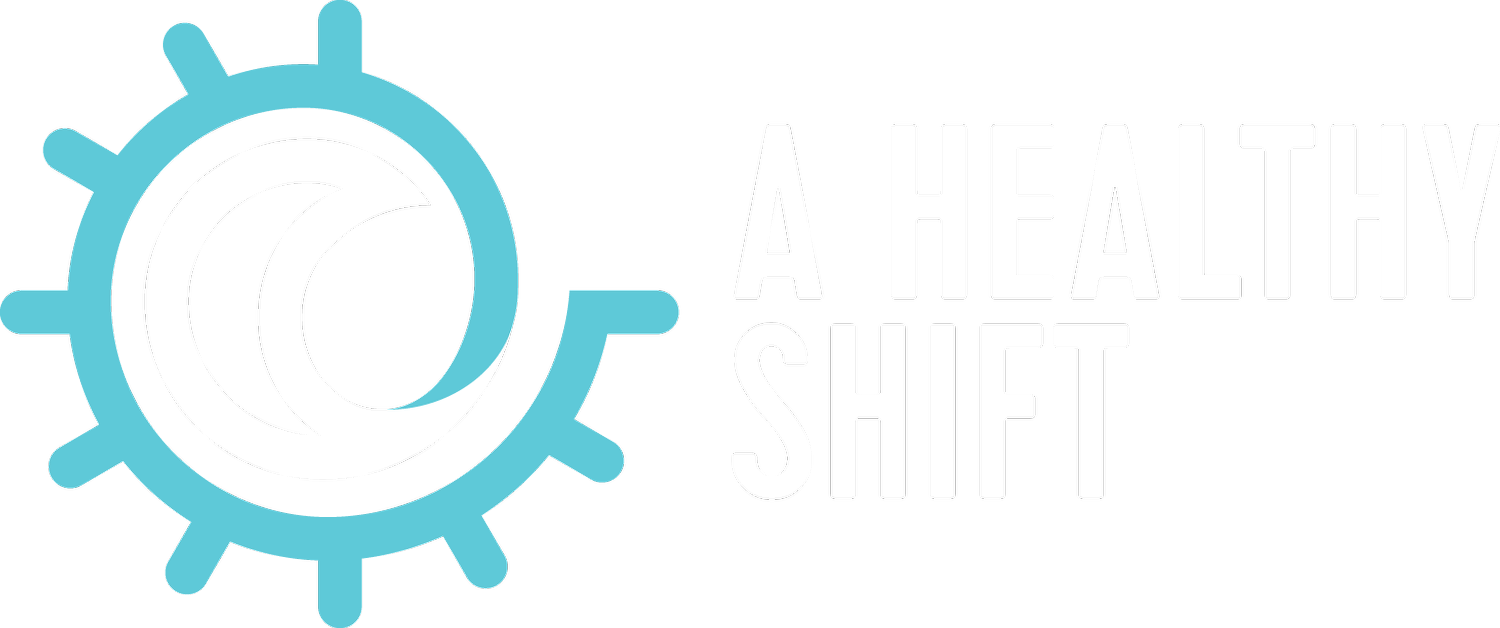Understanding the Glycemic Index: A Shift Worker’s Guide to Nutrition
As a shift worker, your schedule is often erratic, leading to unique nutritional challenges. One crucial concept to understand is the Glycemic Index (GI), a tool that can help you make better dietary choices. The GI measures how quickly foods containing carbohydrates raise blood glucose levels. Foods with a high GI can lead to energy crashes and long-term health issues, especially for those working irregular hours. In contrast, low GI foods provide sustained energy, making them ideal for shift workers after Dim Light Melatonin Onset (DLMO).
What Is the Glycemic Index?
The Glycemic Index ranks carbohydrates on a scale from 0 to 100 based on how they affect blood sugar levels. Pure glucose, which has a GI of 100, serves as the benchmark. Foods are classified into three categories:
High GI Foods (70 and above): These foods cause a rapid spike in blood glucose levels.
Medium GI Foods (56-69): These have a moderate effect on blood sugar.
Low GI Foods (55 and below): These foods result in a slower, more gradual increase in blood sugar.
Understanding the GI is especially important for shift workers, as the timing of food consumption can greatly impact energy levels and overall health.
High GI Foods: A Shift Worker’s Nemesis
High GI foods are quickly digested and absorbed, leading to a rapid spike in blood sugar levels followed by a swift drop. Common high GI foods include:
White bread
Sugary drinks
White rice
Instant oatmeal
Lollies, Chips, Chocolate and “Jennys Cake”
For afternoon and night shift workers, consuming high GI foods can lead to several issues:
Energy Crashes: The initial energy surge from high GI foods is often followed by a sharp decline in blood sugar levels. This can leave you feeling fatigued and sluggish, making it challenging to stay alert during your shift.
Increased Cravings: The rapid fluctuation in blood sugar can trigger cravings for more sugar or carbohydrates, leading to a cycle of unhealthy eating and energy instability.
Weight Gain: High GI foods can contribute to insulin resistance over time, increasing the risk of weight gain and related health issues such as type 2 diabetes—particularly concerning for shift workers who may already be predisposed to metabolic disorders.
Negative Impact on Sleep: Consuming high GI foods close to your DLMO can interfere with sleep quality. A poor night's sleep can further exacerbate the challenges of working shifts, leading to a vicious cycle.
Low GI Foods: The Allies for Shift Workers
In contrast, low GI foods are digested slowly, resulting in a gradual rise in blood sugar levels. This helps maintain stable energy levels, making them an excellent choice for shift workers, particularly after DLMO when melatonin is elevated in the body. Examples of low GI foods include:
Whole grains (quinoa, barley, whole-grain bread)
Legumes (lentils, chickpeas, black beans)
Non-starchy vegetables (broccoli, spinach, peppers)
Most fruits (apples, berries, oranges)
Nuts and seeds
Here’s why low GI foods are beneficial for shift workers:
Sustained Energy: Low GI foods provide a steady release of energy, helping you stay alert and focused during your shift. This is particularly crucial during night shifts when fatigue can impair performance.
Reduced Cravings: Because low GI foods keep blood sugar stable, they can help curb cravings and prevent overeating, supporting better weight management.
Improved Sleep Quality: Eating low GI foods in the hours leading up to your DLMO can promote better sleep. Stable blood sugar levels help ensure that your body can rest and recover effectively, allowing you to wake up refreshed and ready for your next shift.
Enhanced Mood and Cognitive Function: Stable blood sugar levels can contribute to improved mood and cognitive function, essential for maintaining productivity and positive interactions with colleagues.
Practical Tips for Incorporating Low GI Foods
Incorporating low GI foods into your diet doesn't have to be overwhelming. Here are some simple strategies:
Meal Prep: Prepare meals and snacks in advance using low GI ingredients. This ensures you have healthy options readily available, reducing the temptation to reach for high GI snacks.
Balanced Meals: Aim for balanced meals that combine low GI carbohydrates with healthy fats and proteins. For instance, pair quinoa with grilled chicken and a variety of vegetables for a nutrient-dense meal that will keep you full and energised.
Snacking Smart: Choose low GI snacks such as Greek yogurt with berries, nuts, or hummus with veggies. These options provide sustained energy and prevent blood sugar spikes.
Stay Hydrated: Remember that dehydration can exacerbate fatigue. Drink plenty of water throughout your shift to maintain optimal energy levels.
Conclusion
Understanding the Glycemic Index is crucial for shift workers aiming to maintain energy levels and overall health. By opting for low GI foods, you can stabilise blood sugar, enhance your performance during shifts, and improve your quality of sleep post-DLMO. Armed with this knowledge, you can make informed dietary choices that support your well-being and help you thrive in the unique challenges of shift work.
To support you, I have created a full resource on Low GI Foods which is FREE to you Download it HERE
Final Thoughts
Shift work can be tough on your body and mind, but paying attention to what you eat can make a significant difference. By incorporating low-GI foods into your diet, you can harness the power of nutrition to fuel your shifts effectively and enjoy life outside of work. Remember, it’s all about making informed choices that support your journey to thrive, not just survive!
By integrating the principles of the Glycemic Index into your meal planning, you can create a more stable, energised experience in your daily life as a shift worker. Let's take control of our nutrition and make every shift count!
About Roger Sutherland
As a coach and advocate for shift workers, my goal is to provide practical, evidence-based strategies that empower individuals to thrive in their roles. By understanding and addressing the challenges of shift work sleep disorder, shift workers can achieve better health outcomes and lead more fulfilling lives both on and off the job.
Note:
I also run Nutrition, Health & Wellbeing Seminars for shift working environments.







